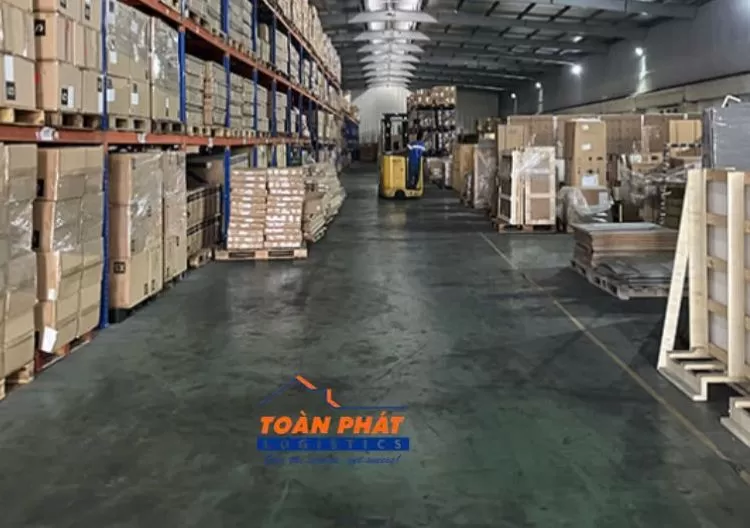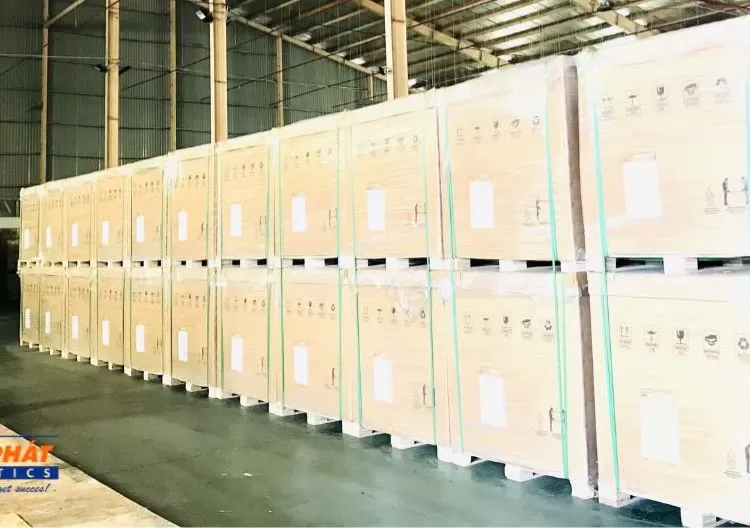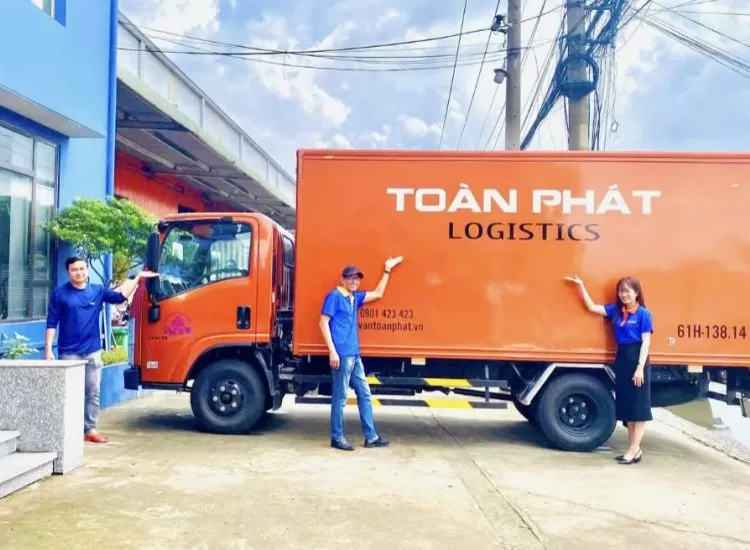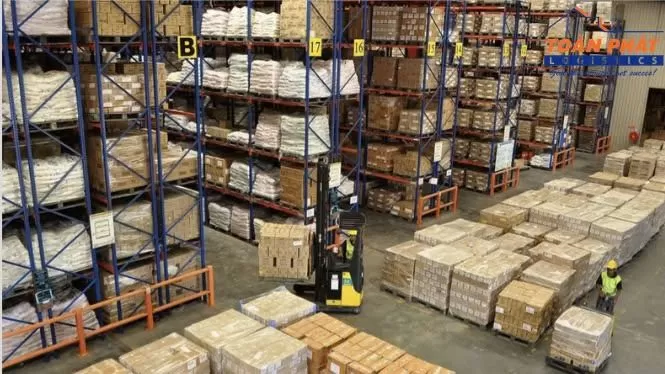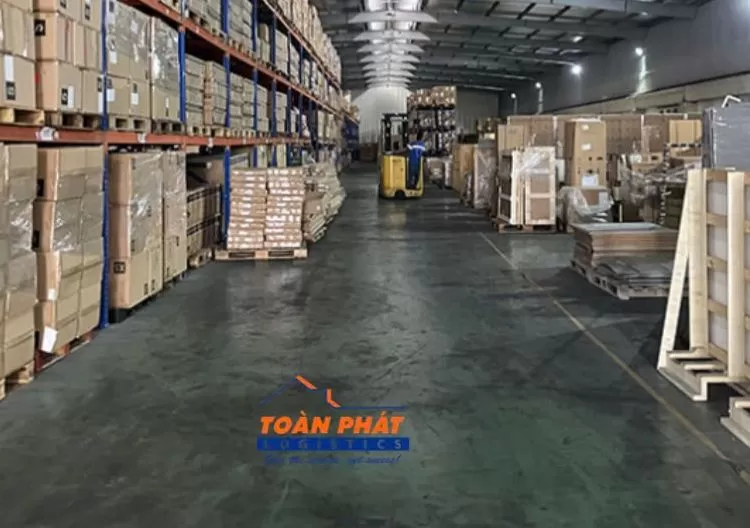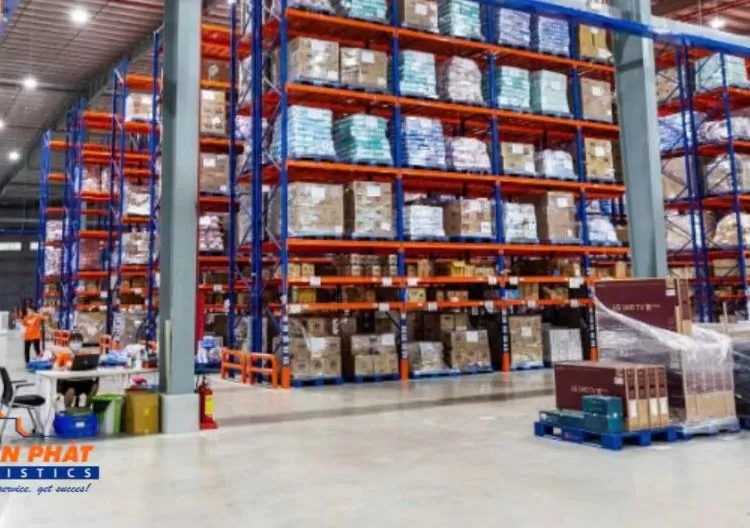Container lines maxing out capacity to meet US import surge
Executives at three of the largest container lines say most, if not all, their available ships are on the water now, thanks to unexpectedly high demand from US shippers. Despite that, shippers still expect high spot rates, cargo rolls, and tight chassis supply to persist through the fourth quarter.
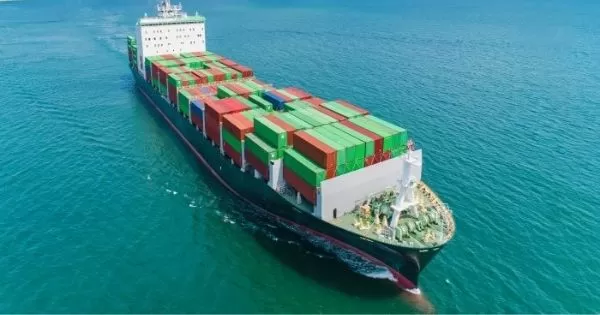
Container shipping is seeing a V-shaped recovery after the COVID-19 pandemic forced factories and businesses to close and ocean carriers to cancel many sailings in the first half of 2020. Now the right side of the V is going even higher thanks to store reopenings, low retail inventories, and the consumer shift to ecommerce, said Nick Fafoutis, senior vice president of CMA CGM.
“All the things that have driven the market since May and June are persisting,” Fafoutis said during a panel talk this week sponsored by the Maritime Association of the Port of New York and New Jersey. “In my 30 years, I have never seen a market this dynamic and fluid. For lack of a better term, this is crazy.”
“When we look at the forecast for the fourth quarter, we are getting a similar vibe from the market,” he added. “October is looking strong.”
Containerized US import volumes from Asia rocketed 91 percent between March and August, according to PIERS, a JOC.com sister company within IHS Markit. By comparison, inbound shipments from Asia grew 36 percent in the same period in 2019. Total US imports in the five-month period increased 102 percent, compared with a 47 percent expansion in the March-August period in 2019.
For US retailers, the inventory-to-sales ratio, a closely watched demand indicator for steamship lines, fell to a seasonally adjusted 1.22 in June 2020, an all-time low, according to the US Census Bureau. For July, the ratio barely improved to 1.23.
Fafoutis said inventory replenishment has been driving the market since summer. Ahead of the holidays, retailers now want even more stock for surprisingly resilient US consumers.
“Now that we are done with September, it really hasn't changed,” Fafoutis said. “When we look at the forecast for the fourth quarter, we are getting a similar vibe from the market.”
The better-than-expected demand is one reason spot container rates on the trans-Pacific doubled from what they were in the first half of 2020. Likewise, capacity cuts by the container lines in the pandemic’s early days also helped rates rocket higher.
Rates from China to the US West Coast for the week ended Sept. 30 rose slightly to $3,863 per FEU, up 190 percent from a year ago, according to the Shanghai Containerized Freight Index (SCFI), published in the JOC Shipping & Logistics Pricing Hub. Rates to the East Coast slid $3 to $4,622 per FEU, but are up 97 percent from the same time last year.
Uffe Ostergaard, president of Hapag Lloyd America, said his company was trying to inject more capacity over the third quarter due to US demand. While Hapag-Lloyd was largely able to meet shippers’ needs in September, he said ship supply in the fourth quarter will be tight.
“Volumes are essentially back to where they were last year, if not slightly higher,” Ostergaard said. “Looking at the idle fleet, there is not a lot of additional capacity sitting idle that can be pumped in on short notice.”
“We are pumping in all the ships we can,” he added.
Indeed, Alphaliner noted this week that “usable” weekly capacity on the Asia to North America trade was 523,000 TEU as of Sept. 1, a new record and up almost 12 percent from last September.
The demand surge is mostly in the trans-Pacific thanks to the shorter sailing time from Asia. Ostergaard said trans-Atlantic and north-south trades have not yet staged a full recovery, but should over time.
“Once the situation stabilizes, we do expect to see the US East grow faster than the West Coast” in volume, Ostergaard said.
The cuts earlier in the year in weekly container service rippled through the landside with rails and trucking firms taking out capacity. Now with the demand rebound and higher ocean rates, shippers should expect to pay more for landside moves, said Allen Clifford, executive vice president of Mediterranean Shipping Co. USA.
“Trying to get a container on the rail or on a truck, you are paying premium prices,” Clifford said. “This is a surge we are not used to. Although we may still have a bit of a contraction, the fourth quarter of this year is going to be a great quarter, not only for the carriers, but for the third-party logistics providers and shippers as well.”
Source: JOC









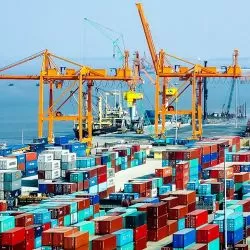







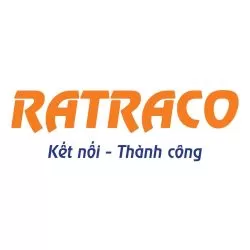





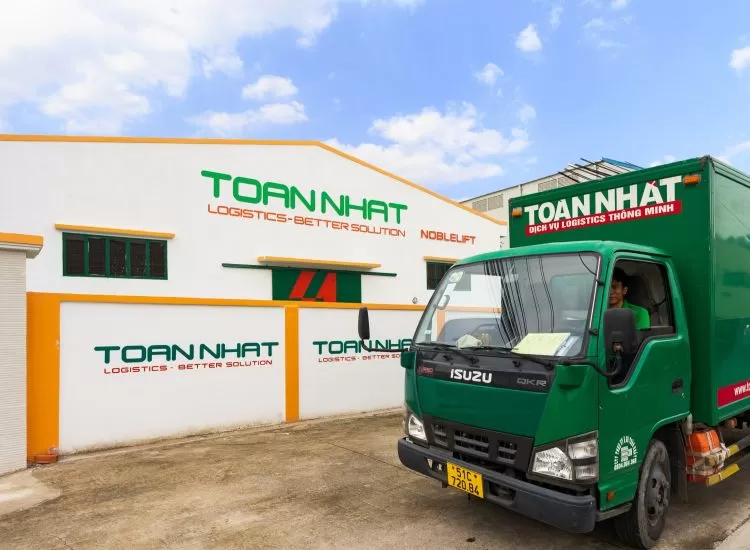
.webp)
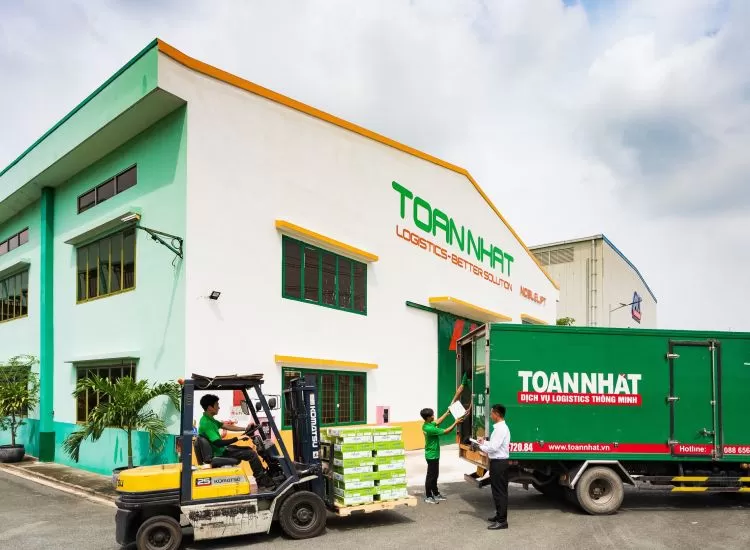
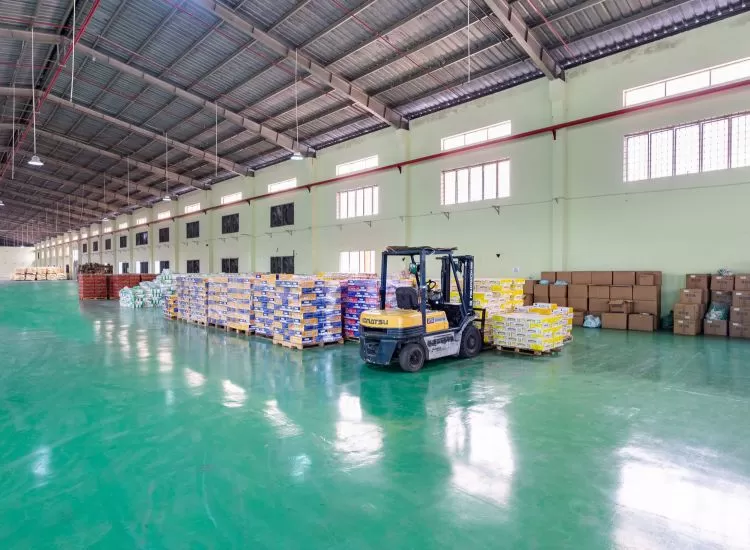

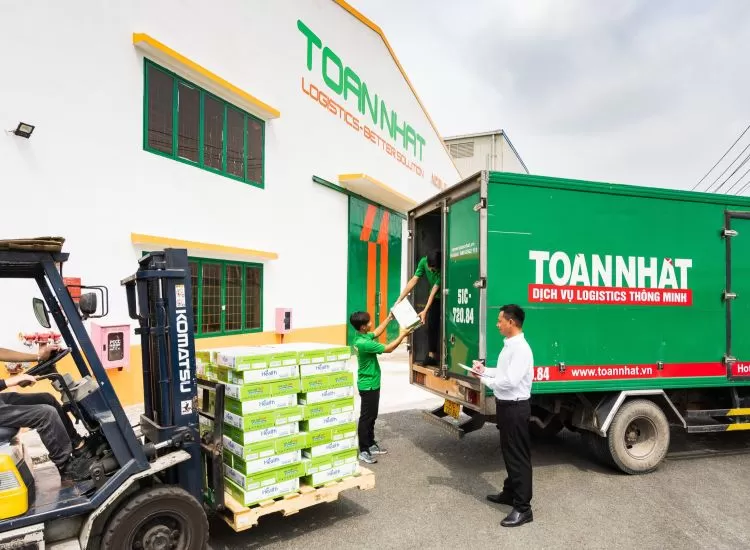
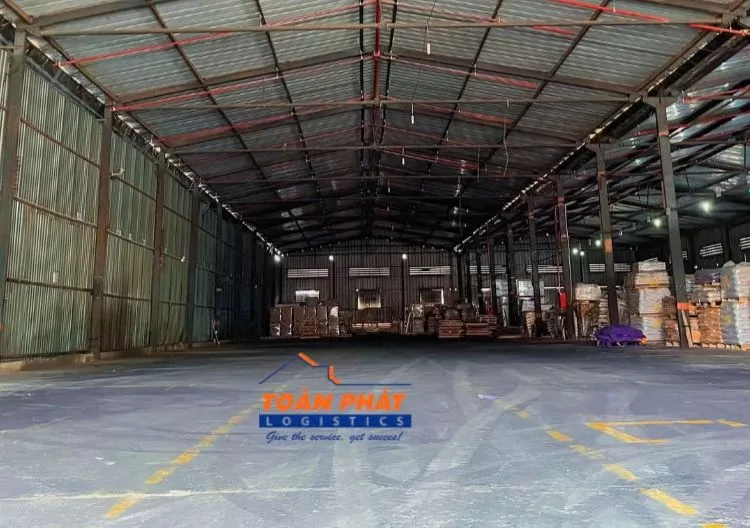
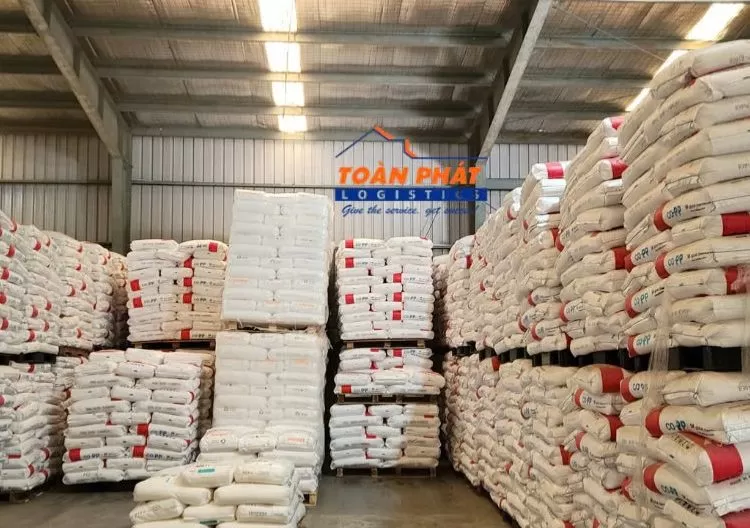
.webp)


